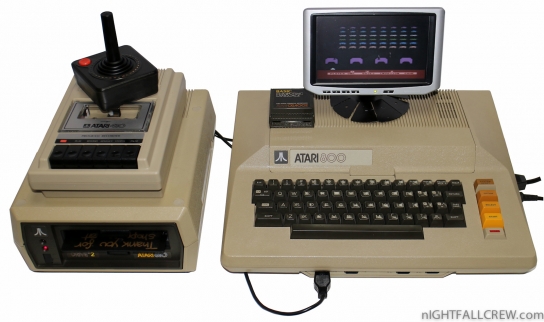
The Atari 8-bit family is a series of 8-bit home computers introduced by Atari, Inc. in 1979 and manufactured until 1992. All are based on the MOS Technology 6502 CPU running at 1.79 MHz, roughly twice that of similar designs, and were the first home computers designed with custom co-processor chips. This architecture allowed the Atari designs to offer graphics and sound capabilities that were more advanced than contemporary machines like the Apple II or Commodore PET, and gaming on the platform was a major draw – Star Raiders is widely considered the platform’s killer app. Machines with similar performance would not appear until the BBC Micro in late 1981 and the Commodore 64 in 1982.
The original Atari 400 and 800 models were released with a series of plug-n-play peripherals that used Atari’s unique “SIO” serial bus system. Over the following decade several versions of the same basic design were released, including the XL and XE series of computers and matching peripherals. All of these used the same basic logical design, with various changes to the physical layout to lower production costs as chipmaking and manufacturing processes improved over time. The early machines were expensive to build, but dependable. Later models like the XEs were greatly cost-reduced and generally not as robust. Sub-models of these later designs were sold into the eastern European market after sales of the main lineup had ended.
Overall, the Atari 8-bit computer line was a commercial success, selling two million units during its major production run between late 1979 and mid-1985, putting its sales on par with machines like the Sinclair ZX Spectrum and TI-99/4A. Its primary competition in the worldwide market was the Commodore 64, by far the best selling computer of the 8-bit era. Atari also found a strong market in Eastern Europe and had something of a renaissance in the early 1990s as these countries joined a uniting Europe. Some estimates place sales during this period at another two million units.
The early machines: 400 and 800

Management identified two sweet spots for the new computers: a low-end version known as Candy, and a higher-end machine known as Colleen (named after two attractive Atari secretaries). The primary difference between the two models was marketing;
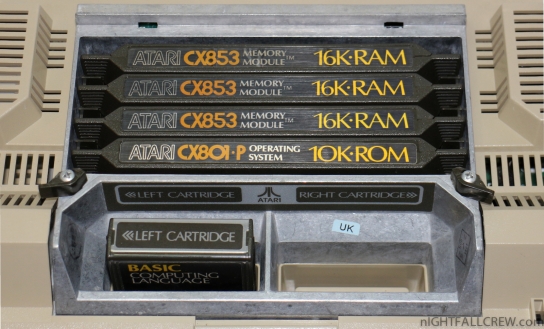
Atari marketed Colleen as a computer, and Candy as a game machine or hybrid game console. Colleen would include user-accessible expansion slots for RAM and ROM, two 8 KB cartridge slots, RF and monitor output (including two pins for separate luma and chroma) and a full keyboard, while Candy used a plastic “membrane keyboard”, non-accessible internal slots for memory, and only RF output for video.
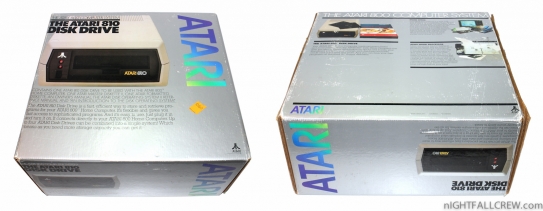
The Atari 810 Disk Drive was Atari’s first disk drive for its line of Atari 400/800 computers. Providing 88K of storage per disk side, the 810 gave Atari computer users the ability to quickly store and retrieve documents and program files to and from the storage device. Up to 4 Atari 810′s could be daisy chained together via the Atari SIO bus for a total of almost 360K of on-line random access file storage and retrieval.
The Atari 810 came in two different versions; the Tandon mech version and the MPI mech version. The Atari 810 is rather large compared to other companies disk drives and has an external 9Vac power supply. The reason why the drive is so large is that there is no disk drive controller in any of the Atari 400/800 computers, instead each device that connects to an Atari computer through its SIO bus is actually an intelligent device with its own intelligent communications controller and floppy disk controller.
The case design was conceived by Kevin McKinsey of Atari’s Home Computer Industrial Design group. The case is interesting in that the top and bottom covers are actually the same part made to assemble the top and bottom sides. Adhesive labels on the back of the 810 would block unused ports on the topside of the cover.
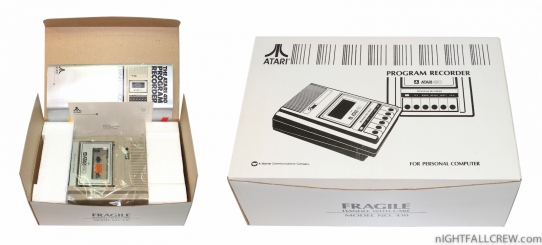
The Atari 410 came in 2 different versions, the above shown is the Atari 410a Tawain version. The Program Recorder was well built and strudy with built in power supply and SIO cable, the 410 didn’t need a bukly external power pak like most other Atari 400/800 components, how the SIO cable being built in and the Program Recorder having no daisy chain port on the unit meant that it had to be placed at the end of the SIO chain.
The original idea of the SIO (Serial I/O) port on the Atari computers was that it was to be used only for the Data cassette drive, however its functionality was extended so that it could use all Atari peripherals including disk drives, printers and modem. The Atari 410/410a had a unique feature exclusively used by Atari. They could play two seperate tracks on a tape, this proved very useful for interactive programs where a user would run a program and would hear audio music/speech while the other track would load the next part of the program.
Below a collection of a high-quality photos
source: wikipedia atarimuseum.com
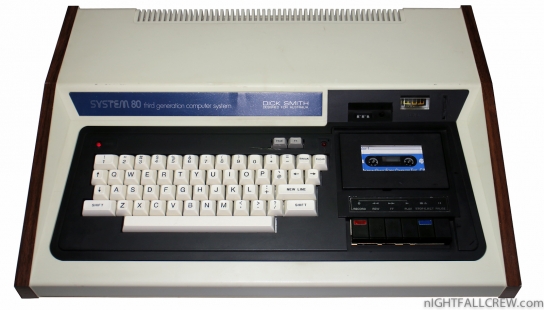














































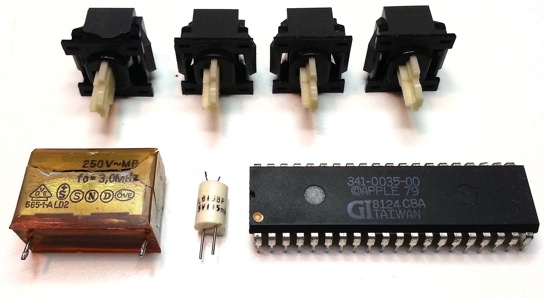
































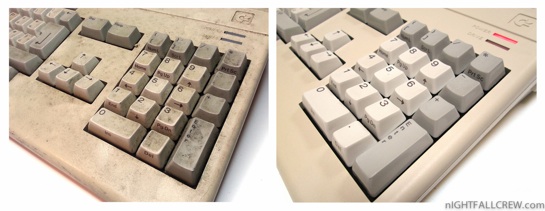
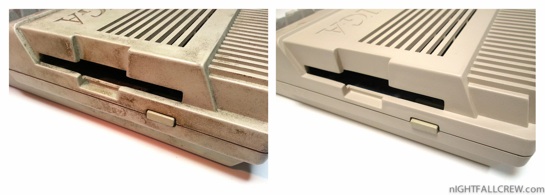
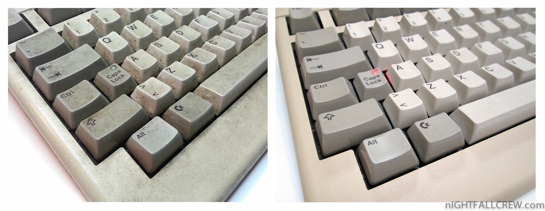







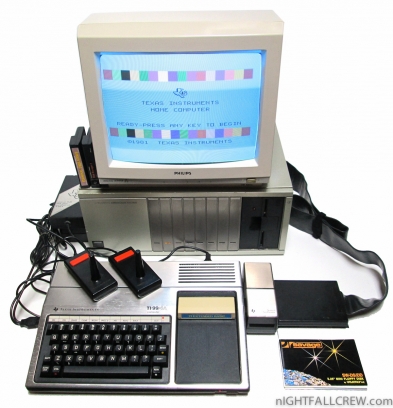









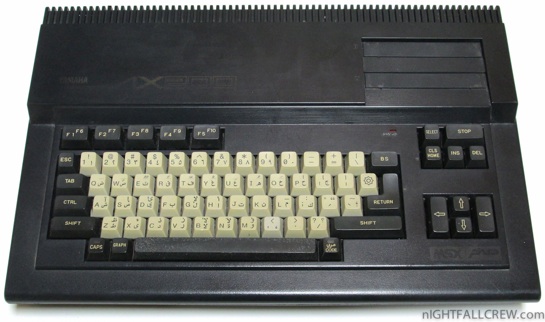

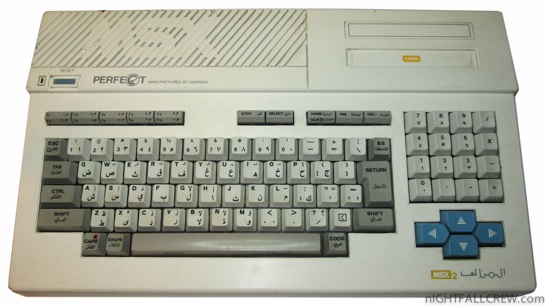

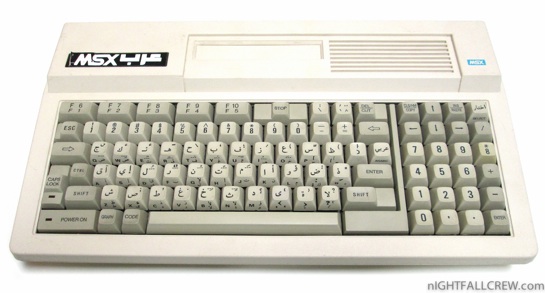

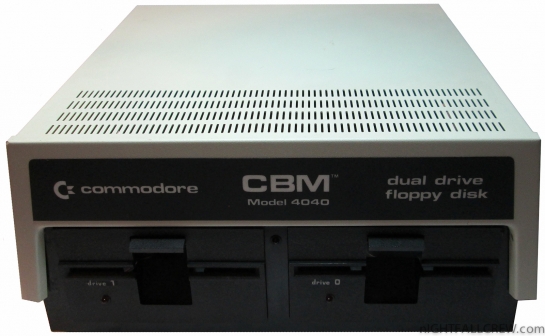








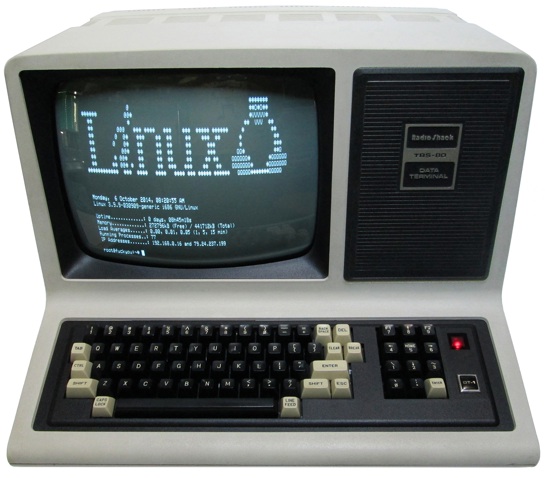


















Recent Comments